World trade has experienced fluctuations, but cautious optimism surrounds the outlook for this year. Significant shifts in global trade dynamics are emerging, particularly among advanced economies, notably the United States, as they diversify their sources of inputs. With the most severe pandemic effects receding, it is unlikely that supply chain challenges will return on the same scale seen in recent years.
Supply Chain Challenges Unlikely to Resurface The widespread supply chain disruptions of recent years were largely rooted in the pandemic’s impact. Robust government and monetary support helped stabilize or even boost incomes in advanced economies, despite substantial GDP contractions. The focus on consumption shifted towards goods due to service restrictions, creating an exceptional demand for products. This surge in global demand for goods occurred against a backdrop of limited supply, exacerbated by pandemic-related constraints and reduced production capacities in businesses. This mismatch between supply and demand led to significant imbalances and widespread shortages.
Since then, consumption patterns have normalized with the reopening of services. Additional production capacity has been swiftly established for many inputs, leading to increased production levels and alleviating supply chain issues. The primary lesson learned is that the unique shock of the pandemic allowed for such widespread disruptions. While future shortages may persist due to labor shortages and potential supply squeezes related to the energy transition, it is unlikely that similar broad-based shortages will occur without a shock of similar magnitude.
Container Rates Stabilize, Supporting Trade The exceptional supply chain imbalances have been reflected in container rates. After a year of decline from peak levels, container spot rates have stabilized just above pre-pandemic levels in the first quarter of this year. Early April figures indicate that spot rates on the China-US West Coast route have decreased by approximately 75% compared to the 2022 average, with an over 80% decline on the China-Europe route. This translates to significantly lower point-to-point transport costs for newly arranged 40ft container slots, making trade in lower-valued or voluminous consumer products more cost-effective. While over 50% of global container volume was locked into term contracts at the beginning of 2023, with predetermined higher rates, most of these contracts will expire throughout the year, leading to lower shipping costs for shippers.
Contrastingly, transport costs for oil and oil products have surged due to disruptions in energy markets. However, given that these transport costs represent a limited proportion of the value of oil products, they have a more significant impact on lower-valued consumer goods.
High Inventories and Altered Spending Patterns Impact Trade Volume Amid ongoing supply chain challenges, shippers began replenishing inventories earlier in 2022, anticipating sustained consumer demand. However, as the year progressed, consumers reduced their spending on goods due to rising inflation, refocusing on services. This placed pressure on shippers to manage increasing stock levels, particularly in downstream retail activities. While stockpiling across the supply chain initially boosted trade volumes, the process of reducing inventories has introduced slack into the figures. Despite ongoing stock adjustments, we anticipate a gradual recovery in trade throughout this year, commencing with the reopening of China towards the end of the first quarter.
In summary, global trade is expected to grow by a modest 1% compared to the previous year, with a projected 2% increase in trade volume for 2024. This means that trade is likely to lag behind global GDP growth and continue to progress at a relatively slow pace compared to long-term averages.
Trade Adjustments Are Not Necessarily Indicators of Deglobalization It might be tempting to interpret the recent decline in world trade as the first signs of deglobalization. However, an analysis of historical data reveals that this conclusion is not necessarily justified. Recent fluctuations in industrial production indicate that the level of globalization, measured as world trade’s share of global production, remains within the range observed since approximately 2006. Although there was a significant increase in globalization before that period, it has since stabilized. It’s important to note that a global trade openness indicator does not capture all aspects of globalization, such as nearshoring activities, which are not reflected in this measurement.
Diversification in Sourcing Becomes Evident The most prominent response to recent supply chain issues appears to be diversification in sourcing products. This shift is supported not only by anecdotal evidence and surveys but also by the concentration of imports by country. An analysis of the Herfindahl-Hirschman index, which measures import concentration, reveals that advanced economies have witnessed a decline in import concentration since 2016, suggesting diversification in terms of imports from different countries. While the pandemic caused some shocks related to the availability of certain countries, the trend of diversification has resumed as the world gradually returns to normal.
Differences between Europe and the United States are notable. In the EU, import concentration has remained relatively stable, with the latest data showing a similar index level as between 2004 and 2019. In contrast, the United States has played a leading role in diversifying its imports, with significant reductions in dependence on China. For EU countries, which already had lower levels of dependence on China, the decline has been more modest, primarily observed in 2022.
Shifts in Exports and Import Partners Several trends stand out when considering the ‘winners’ in terms of countries gaining export share to advanced economies. Commodity exporters, especially in the energy sector, have benefited nominally due to the recent energy crisis. However, the sustainability of this trend may be challenged once energy prices normalize. Taiwan, India, South Korea, and Vietnam have also gained export share to advanced economies, as have Mexico, Poland, and Spain. These shifts could indicate near- or reshoring tendencies.
China’s role as a significant supplier in green technologies is crucial. Despite efforts by the United States and Europe to establish their supply chains for batteries, China remains the dominant player, accounting for 75% of global supplies and refining battery materials. While the United States and Europe are working towards greater self-sufficiency, China’s position remains challenging to alter in the short- to medium-term, particularly in the context of the energy transition.
Supply Chain Reconfiguration and the Road Ahead Companies have responded to supply chain disruptions by reconfiguring their supply chains and diversifying sourcing. Resilience-building processes include shifting production to different countries, aiming to mitigate risks associated with concentrated supply sources.
In conclusion, world trade is still adjusting to the effects of recent shocks, with the pandemic-driven imbalances gradually easing. Geopolitical issues are becoming more prominent in influencing global trade patterns. While true deglobalization is not evident, advanced economies are diversifying trade partners, particularly in the United States, while European trends may evolve more slowly. Trade barriers and geopolitical concerns are likely to persist in the years ahead, resulting in modest growth in world trade, even as the pandemic’s effects recede.
Stay current with supply chain report news at The Supply Chain Report. For international trade tools, see ADAMftd.com.
#GlobalTrade #SupplyChain #PandemicImpact #ContainerRates #TradeVolume #DiversifiedSourcing #EnergyTransition #TradeGrowth #GeopoliticalConcerns #SupplyChainReconfiguration #ResilientTrade #AdvancedEconomies #Nearshoring #Globalization #ImportConcentration #EnergyCrisis #ExportTrends #China #NearshoringTrends #EUTrade #USTrade #GlobalEconomy

















